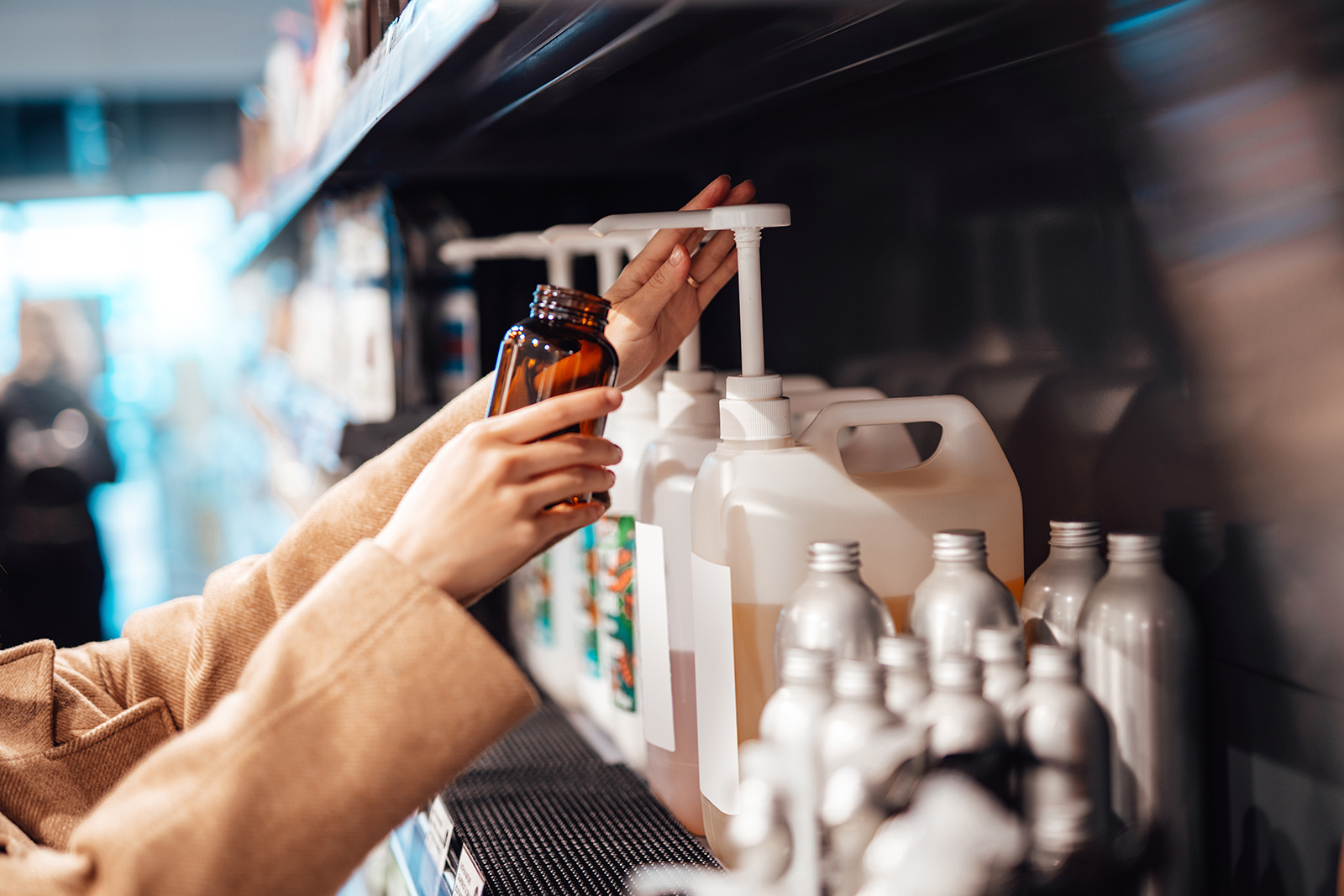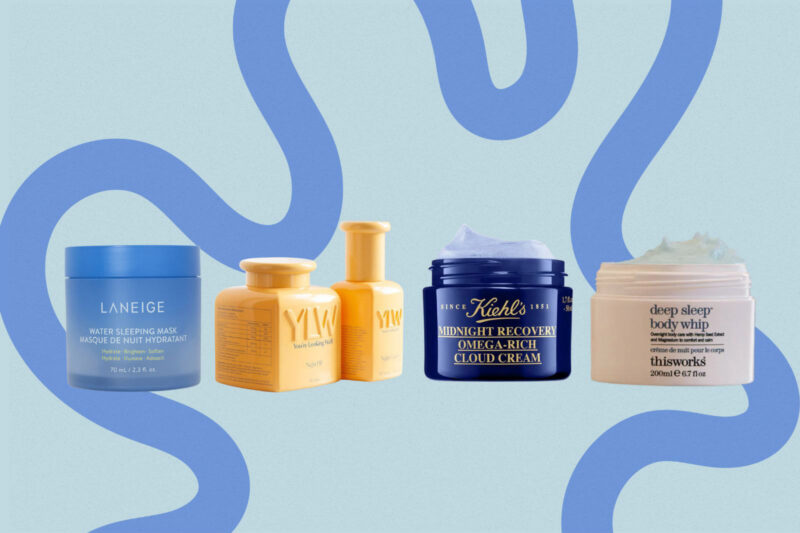The beauty clean-up — where to recycle used products
These schemes are helping consumers reduce, refill and recycle beauty packaging

Many beauty brands strive to highlight their eco credentials and use of natural ingredients in an attempt to convince buyers that choosing their products is the greener choice. But often left out of the marketing is what happens to all of the used packaging — even items that are made from previously recycled materials.
Although some single-use products such as shampoo, conditioner and shower gel bottles are recyclable through standard kerbside collection, others including mascaras, serums and sachets aren’t. According to the British Beauty Council’s Planet Positive Beauty Guide, 95% of cosmetic packaging is thrown away. Just 14% of empties make it to a recycling plant and only 9% are actually recycled, making packaging one of the biggest sustainability challenges facing the beauty industry.
“Being a conscious consumer isn’t easy, especially when it comes to beauty and the sheer number of products there are on the market to make us look and feel like the best version of ourselves,” says Victoria Brownlie, chief of policy and sustainability at the British Beauty Council. Last month, the organisation launched the Great British Beauty Clean Up, an initiative seeking to raise awareness of the amount of waste our beauty habits generate and to help consumers recycle when possible.
“Without action, beauty products will continue to account for a whopping one-third of all landfill waste from the 120bn pieces of packaging it produces each year,” Brownlie says. She encourages customers to refill products where possible and make use of the organisation’s interactive map of recycling points around the UK.
Many people want to do better when it comes to their consumption and personal impact on the planet — an overwhelming majority of the world’s population want stronger climate action, according to recent opinion polls. But there is often a disconnect between beliefs and behaviours. According to a 2023 study by sustainable skincare brand bareLUXE, 79% of consumers may view sustainability as important when making purchasing decisions, but only 23% actually use refillable skincare products.
To this end, the Great British Beauty Clean Up is focusing on educating consumers about the importance of refill and reuse, and calling on shoppers to collect all of their empties that cannot be put in at-home recycling bins and, instead, take them to specific recycling points. That includes products where the packaging is too small (such as travel minis, samples and mascaras), made of composite materials (make-up palettes, compacts, lipsticks) or made from non-recyclable materials (toothpaste tubes, lotion pumps). Recycling points include L’Oréal’s nationwide Maybelline recycling programme found in more than 1,500 UK stores, including Sainsbury’s, Superdrug and Tesco.
A number of other high-street and luxury brands have their own recycling schemes, often including incentives. John Lewis’s BeautyCycle offers a £5 discount when spending £50 or more on B Corp-certified beauty brands including Aveda, Le Labo, Medik8, Neom Organics and Rituals, when you bring in five clean empties to one of the department store’s beauty counters. Lush’s longstanding Bring It Back scheme rewards customers with a fresh face mask for returning five qualifying items, or 50p off each eligible purchase. While MAC offers product recycling, the company got rid of its long-running reward scheme in 2023 — much to the disappointment of many of its customers who now see little reason to shop or recycle with the brand (myself included).
Meanwhile, Elemis and L’Occitane will recycle empty beauty and skincare packaging from any brand at their boutiques, and can also arrange collection and drop-off services for those who don’t live near their stores. Customers can accrue points towards rewards or get 10% off in-store purchases.
The Hut group, owner of online cosmetic brands LOOKFANTASTIC and Cult Beauty also offers free home collections. As part of its recycle:me scheme, customers can download the app, scan their empties and arrange a free doorstep collection or drop-off at a chosen location in return for rewards.
My go-to, and by far the most generous of the schemes, is Scan2Recycle by Boots. After using the Recycle at Boots app to scan your clean empties and have them validated, customers can deposit five items into one of the in-store recycling points and spend £10 to collect 500 Advantage Card points. I’ve been using it to recycle everything from toothbrushes to eyeliner since it launched in 2020, racking up £175 in Advantage Card points, despite not being one to spend a lot on beauty products.
Most of the schemes have some limitations (no aerosols, no products that can be recycled at home), so make sure you check the terms and conditions before you send your empties off. What happens to your packaging varies from scheme to scheme and depends on the product. Some items are re-used and made into packaging again, while others are recycled into garden furniture, playground equipment or shop fittings.
Creating no waste is better than recycling it, so where possible consider swapping out products with single-use packaging for those that offer refills, or even no packaging at all, such as shampoo and soap bars over bottles. We know there is a waste crisis and questions around what really happens to our recycled rubbish, so seeking out reusable products really is the best option. For now, I’m going to use some of my hard-earned Advantage Card points to treat myself to Kérastase’s refillable Elixir Ultime L’Huile Originale Hair Oil.
 Newsletter
Newsletter













